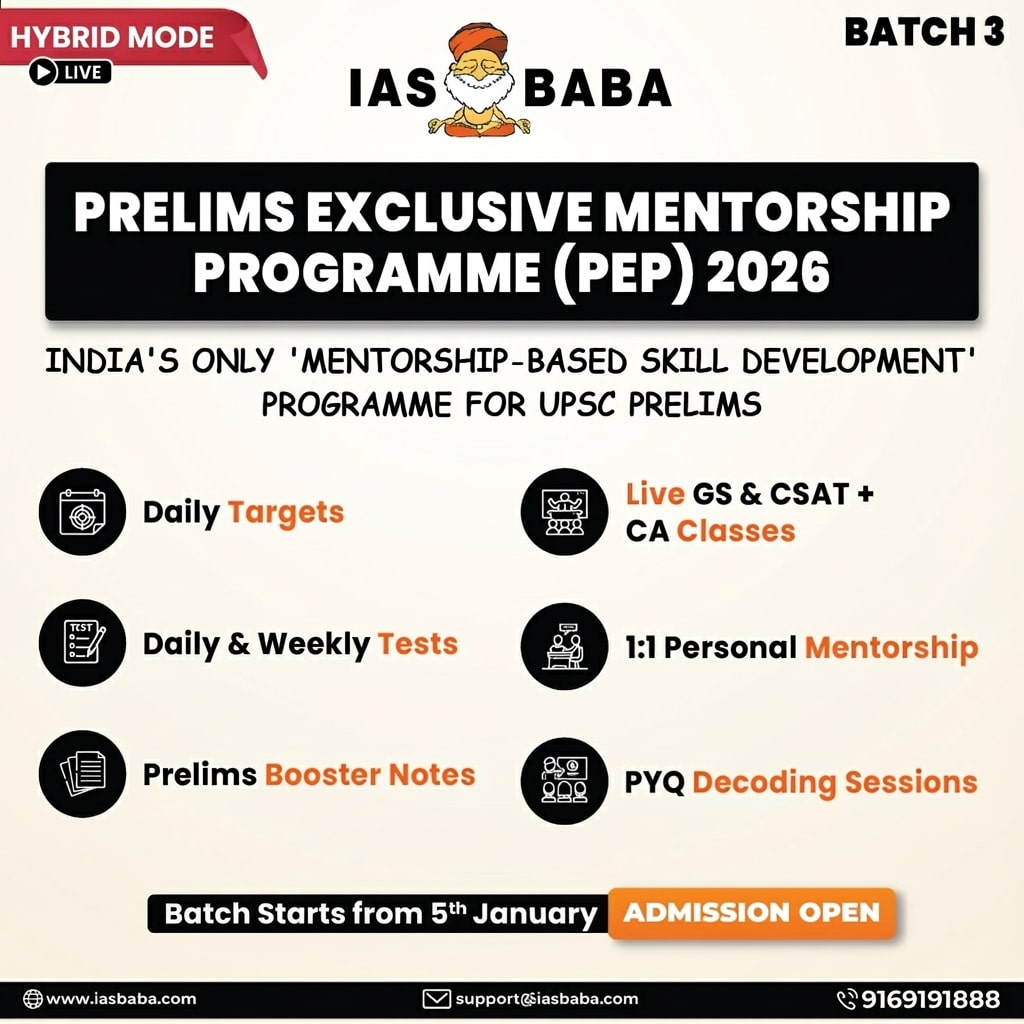Governance, TLP-UPSC Mains Answer Writing
Q. 1. “Examine the key features of the Chief Election Commissioner and other Election Commissioners Act, 2023. What are the concerns associated with it? Suggest reforms to enhance the autonomy of the Election Commission of India. (150 words, 10 marks)
Introduction
The Chief Election Commissioner and other Election Commissioners Act, 2023 replaces parts of the 1991 law, setting new rules for appointments. However, it has sparked debate over its impact on the Election Commission’s autonomy.
Body
Key Provisions of the 2023 Act
- Selection Committee: PM (Chair), a Union Cabinet Minister, and Leader of Opposition in Lok Sabha (or largest opposition party).
- Search Committee: Headed by Cabinet Secretary, includes two secretaries with election expertise; proposes a panel of five names.
- Eligibility: Persons of integrity with experience in election management holding or having held Secretary-rank posts.
- Term: 6 years or until age 65, with no possibility of reappointment.
- Salary & Service Conditions: Equivalent to Cabinet Secretary, replacing the earlier parity with Supreme Court judge salary.
Positive Outcomes
- Legislative Clarity: Fills a statutory void highlighted in Anoop Baranwal v. Union of India (2023), which mandated an impartial selection process for ECs until Parliament enacted a law.
- Search Mechanism: Institutionalizes a Search Committee, enabling preliminary vetting and broader candidate outreach.
- Qualified Pool: Specifies professional eligibility, enhancing relevance to electoral integrity.
- Opposition Participation: Inclusion of LoP adds non-executive representation, absent in previous models.
Key Concerns & Remaining Issues
- Executive Dominance: With two out of three Selection Committee members from the government, concerns of bias persist.
- Judicial Exclusion: Omits Supreme Court-recommended inclusion of the CJI or a retired SC judge, diverging from the model laid down in Anoop Baranwal.
- Opaque Oversight: Search Committee’s panel can be overridden, limiting transparency.
- Downgraded Status: Cabinet Secretary-level compensation—set by executive pay commission—undermines statutory insulation that judicial pay enjoys under Article 125.
- Removal Asymmetry: CEC removable via impeachment; ECs by presidential recommendation—raising equality concerns under Article 14.
Suggested Reforms
- Balanced Composition: Reintroduce CJI or retired SC judge on Selection Committee, following Law Commission, and Supreme Court recommendations.
- Parity in Removal: Extend Supreme Court-level removal safeguards to ECs via constitutional amendment.
- Enhance Transparency: Publicize selection criteria/process; require Selection Committee to justify deviations from Search Committee suggestions.
- Cool-off Period: Prohibit post-retirement appointments for CEC/ECs to reduce conflict of interest.
- Independent Secretariat: Establish insulated ECI secretariat with administrative and budgetary autonomy, per recommendations of the Goswami Committee, 2nd ARC, and Law Commission 255th Report.
- Best Practice – South Africa: Emulate South Africa’s Electoral Commission model, where appointments involve a multi-stakeholder panel including judicial, legislative, and civil society representatives, fostering broad consensus and legitimacy.
Conclusion
To uphold free and fair elections as enshrined in Anoop Baranwal and PUCL (2003), ECI’s independence must be safeguarded. The 2023 Act, though progressive, needs reform to secure true institutional autonomy.














